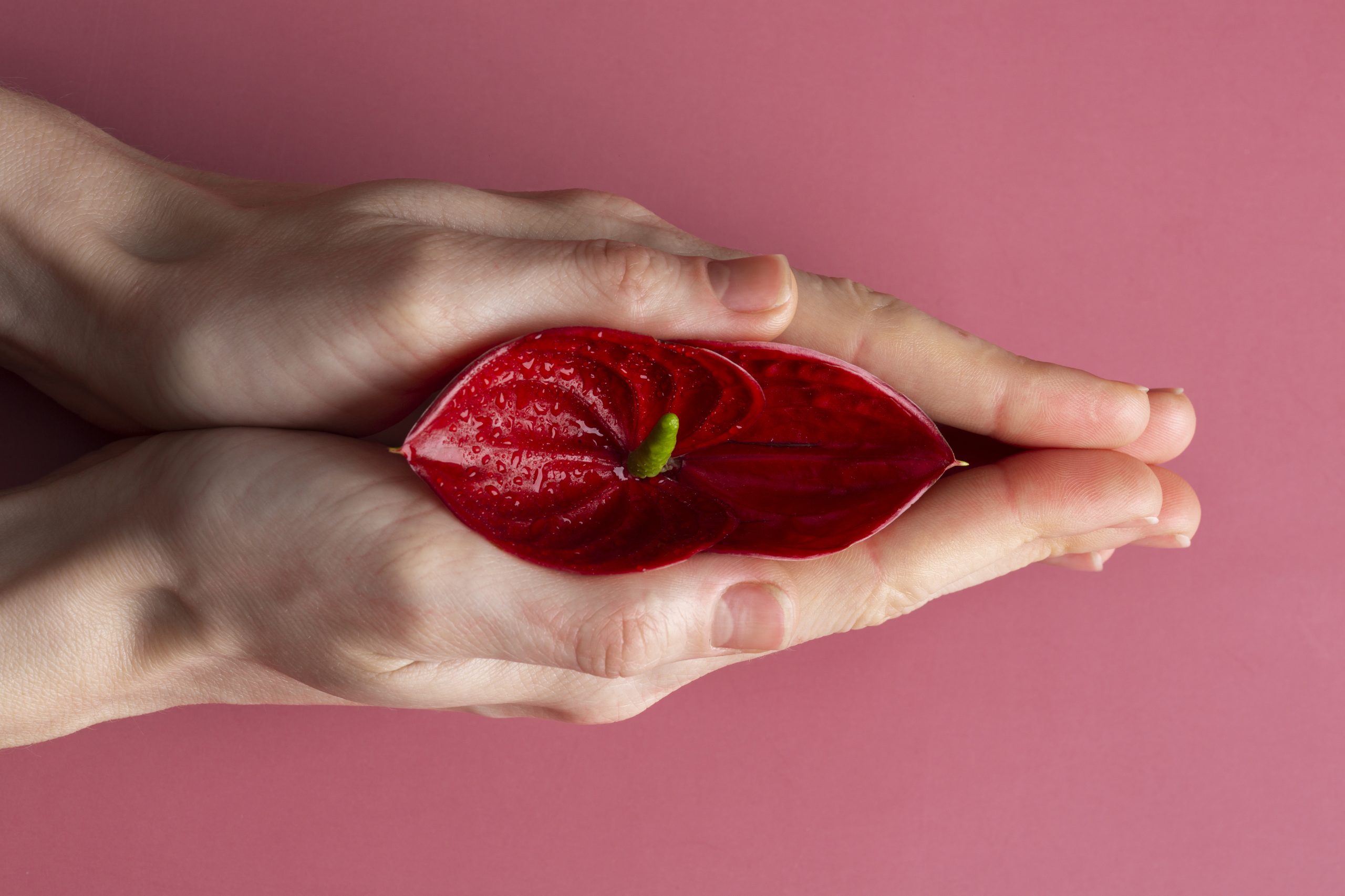Have you ever experienced a painful, swollen bump in your intimate area?
Vaginal boils can be an uncomfortable and distressing condition that affects many women. These localized skin infections occur when bacteria enter hair follicles or oil glands, leading to inflammation and pus formation. Understanding the symptoms, causes, and treatment modalities for vaginal boils is crucial for maintaining good reproductive health and overall well-being.
What are Vaginal Boils?
Vaginal boils, also known as furuncles or skin abscesses, are painful, pus-filled bumps that develop under the skin in the pubic area. They typically occur when the bacteria Staphylococcus aureus infect the sacs containing the roots of hair follicles and oil glands.
Causes and Risk Factors
Vaginal boils can develop due to various reasons, with bacterial infections being the primary cause. Here are the leading causes and risk factors:
- Bacterial Infection: The most common culprit is Staphylococcus aureus, which naturally resides on the skin but can cause infections when entering through cuts or insect bites.
- Folliculitis: Inflammation of hair follicles can lead to bacterial infection, causing pus-filled bumps.
- Ingrown Hairs: These can lead to infections in the hair follicle, resulting in a boil.
- Skin Irritation and Friction: Tight-fitting clothing made of non-breathable fabrics can cause skin irritation, creating entry points for bacteria.
- Poor Hygiene: Inadequate genital hygiene increases the risk of infection.
- Close Contact: Sharing personal items like towels or clothing with someone who has a boil can spread the infection.
- Weakened Immunity: Conditions like diabetes or chronic illnesses can make individuals more susceptible to boils.
- Obesity: Excess body weight can lead to friction in skin folds, increasing the risk of bacterial infections.
Symptoms of Vaginal Boils
- Pain and Tenderness: The boil may cause localized discomfort, ranging from mild to severe pain.
- Swelling: A noticeable lump near the vaginal opening or labia.
- Redness and Warmth: The affected area may appear inflamed and feel warm to the touch.
- Discharge: If the boil ruptures, pus or other fluid may drain.
- Fever and Malaise: In some cases, systemic symptoms like fever, chills, or fatigue may occur.
Diagnosis
- Physical Examination: A doctor will assess the boil’s size, location, and infection signs.
- Medical History: A review of symptoms and personal health history helps with diagnosis.
- Culture and Sensitivity Testing: A sample of discharge may be tested to determine the best antibiotic treatment.
- Ultrasound: Used in some cases to differentiate boils from other conditions or detect deeper abscesses.
Treatment Options
Medical Treatment
- Antibiotics: Severe or recurrent infections may require antibiotics to prevent further complications.
- Lancing and Draining: If the boil is large or painful, a doctor may make an incision to drain pus and fluid.
Home Remedies
- Apply a Warm Compress: Placing a clean, warm, moist washcloth over the boil for 10-15 minutes several times a day can encourage drainage.
- Wear Loose Clothing: Reducing friction helps prevent irritation and allows the boil to heal.
- Clean and Protect: If the boil bursts, clean the area with mild soap and lukewarm water, apply an antibiotic ointment, and cover with sterile gauze.
- Avoid Popping or Pricking: Doing so can spread bacteria and worsen the infection.
- Practice Good Hygiene: Regular hand washing and genital hygiene reduce the risk of infection.
When to See a Doctor
Seek medical attention if:
- The boil persists beyond two to three weeks.
- It continues to grow larger and more painful.
- Multiple boils or clusters develop.
- Fever, chills, or systemic symptoms accompany the boil.
- The boil exceeds 2 inches in width.
- Recurrent boils appear in the vaginal area.
Conclusion
Vaginal boils, while uncomfortable, are generally treatable. Proper hygiene and early intervention are key to managing vaginal boils effectively. While many cases resolve with home care, medical attention is necessary for severe or recurrent cases. Staying informed and proactive about your health can help maintain overall vaginal wellness.
FAQs
1. How common are vaginal boils?
Vaginal boils are common and develop when hair follicles or oil glands in the vulvar area become infected with bacteria.
2. What does a vaginal boil look like?
It starts as a small, red bump and can grow into a swollen, painful lump with a white or yellow pus-filled tip.
3. How long does it take to heal?
Most vaginal boils heal within three weeks, though warm compresses can speed up the process.
4. Are vaginal boils contagious?
Yes, as they result from bacterial infections that can spread through skin-to-skin contact.
5. What medicines are used to treat vaginal boils?
Antibiotics may be prescribed for severe cases, but many boils resolve with home care alone.
By understanding the causes and treatment options, you can effectively manage vaginal boils and protect your reproductive health.

